Aging gracefully is about embracing changes while maintaining a vibrant, active lifestyle. For seniors, yoga offers a gentle, accessible way to improve mobility, balance, and overall well-being. This comprehensive guide is designed specifically for older adults, providing safe routines and modifications that cater to your unique needs. Whether you’re new to yoga or a seasoned practitioner looking to adjust your practice, these gentle routines can help you move with confidence, reduce stiffness, and enjoy a higher quality of life.
Introduction: Embracing Yoga in Your Golden Years
As we age, maintaining physical activity is crucial to preserving strength, flexibility, and balance. Yoga is especially well-suited for seniors because it combines gentle stretching, mindful breathing, and relaxation techniques—all of which contribute to a healthier, more centered body and mind.
Why Choose Yoga for Seniors?
- Enhanced Mobility: Regular practice helps ease joint stiffness and increases the range of motion.
- Improved Balance: Gentle balance exercises reduce the risk of falls and improve coordination.
- Stress Relief: Yoga incorporates mindfulness and deep breathing to promote relaxation and reduce anxiety.
- Increased Strength: Adapted poses build strength in the core, legs, and arms without straining the body.
- Social Connection: Joining a yoga class or community can provide social support and foster a sense of belonging.
This guide focuses on safe, senior-friendly yoga practices that prioritize comfort, accessibility, and gradual progress. The routines and modifications provided here are designed to work with your body’s natural rhythms, helping you enjoy yoga at any stage of your life.
Benefits of Gentle Yoga for Seniors
1. Improved Joint Health and Flexibility
- Reduced Stiffness: Gentle stretches loosen tight muscles and improve joint mobility.
- Pain Relief: Regular movement can alleviate chronic pain associated with arthritis and other conditions.
- Enhanced Circulation: Better blood flow nourishes muscles and joints, promoting healing and vitality.
2. Enhanced Balance and Fall Prevention
- Stability Exercises: Focusing on balance poses helps strengthen the muscles that support posture.
- Increased Coordination: Mindful movement practices improve coordination and reduce the risk of falls.
- Confidence Boost: Enhanced balance leads to greater independence and self-assurance in daily activities.
3. Mental and Emotional Well-Being
- Stress Reduction: Mindful breathing and relaxation techniques lower stress and anxiety.
- Cognitive Benefits: Regular physical activity and mental focus can improve concentration and memory.
- Mood Enhancement: Yoga promotes the release of endorphins, contributing to a positive outlook.
4. Adaptability and Accessibility
- Chair Yoga: Many poses can be adapted to a chair, making yoga accessible for those with limited mobility.
- Modifications: Props such as blocks, straps, and bolsters allow for safe practice without compromising form.
- Progressive Approach: The focus is on gradual improvement, encouraging you to work at your own pace.
Preparing for Your Yoga Practice
Before beginning any new exercise program, especially if you have pre-existing health conditions, consult with your healthcare provider. Once you have the green light, create a safe, comfortable space for your practice.
Essential Items for Your Practice:
- Yoga Mat: A non-slip surface is essential for stability.
- Chair or Wall Support: Use these as needed for balance and support.
- Props: Blocks, straps, and bolsters can help modify poses for extra comfort.
- Comfortable Clothing: Wear breathable, flexible clothes that allow for unrestricted movement.
Warm-Up: Gently Awakening Your Body
A proper warm-up is crucial to prepare your muscles and joints for movement. Spend 5–10 minutes on gentle stretches to increase circulation and reduce the risk of injury.
Warm-Up Routine:
- Seated Breath Awareness:
- Sit comfortably in a chair or on the floor with your back straight.
- Close your eyes and take slow, deep breaths. Focus on expanding your abdomen as you inhale and gently contract as you exhale.
- Continue for 2–3 minutes to center your mind.
- Neck and Shoulder Rolls:
- Slowly roll your neck in circles, then switch directions.
- Lift your shoulders up toward your ears and release them down in gentle, controlled movements.
- Perform each movement 5–10 times.
- Wrist and Ankle Rotations:
- Extend your arms and rotate your wrists clockwise and counterclockwise.
- Lift one foot off the ground and rotate your ankle. Repeat with the other foot.
- These movements help prepare your joints for gentle stretching.
Gentle Yoga Poses for Seniors
The following poses are carefully selected to improve mobility, balance, and strength without overexerting the body. Each pose can be modified with props or done using a chair for additional support.
1. Seated Forward Bend (Modified Paschimottanasana)
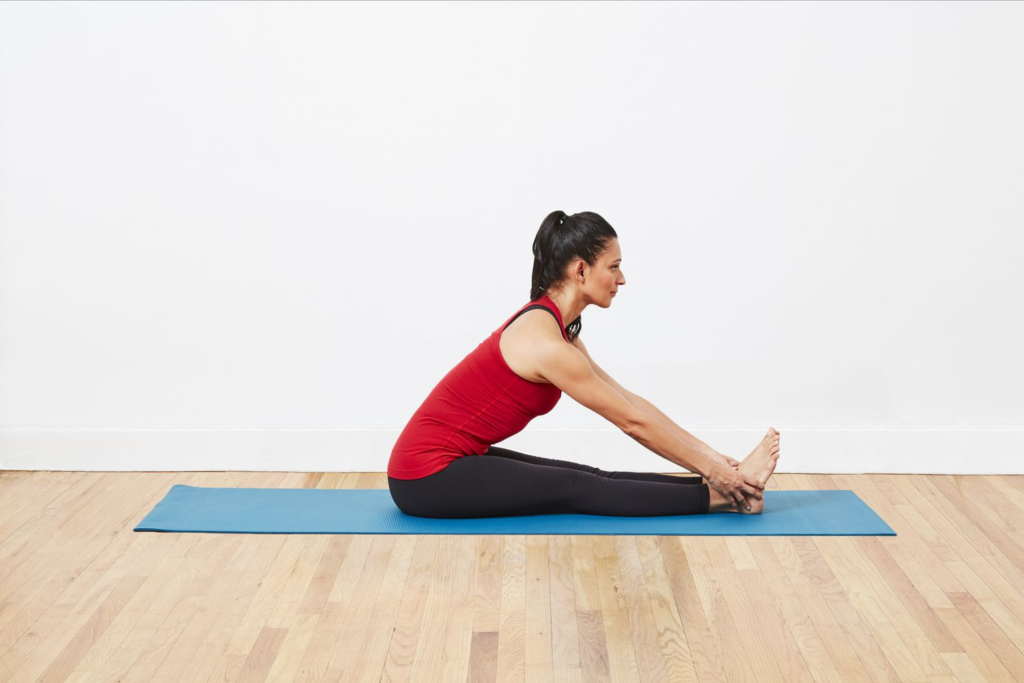
- How to Do It:
Sit on the edge of a chair with your feet flat on the floor. Gently hinge forward at your hips, reaching your hands toward your feet or resting them on your legs. - Benefits:
Stretches the back and hamstrings, improves posture, and relieves tension in the lower back.
2. Chair Yoga Twist
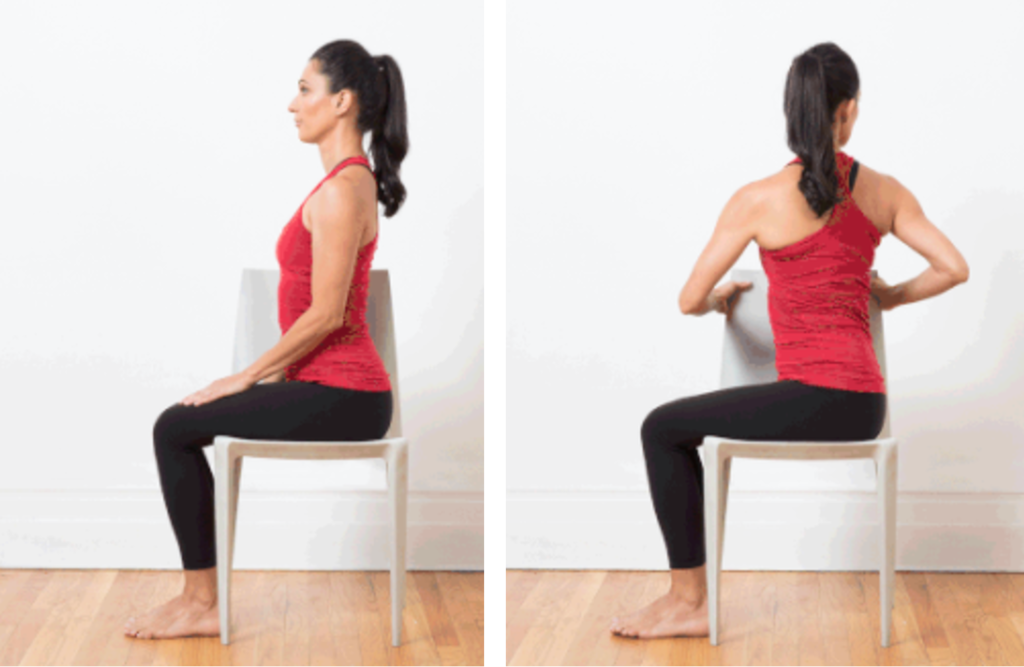
- How to Do It:
Sit upright in a chair. Place your right hand on the back of the chair and your left hand on your right thigh. Gently twist your torso to look over your right shoulder, keeping your spine straight. Hold for 20–30 seconds and then switch sides. - Benefits:
Increases spinal flexibility, reduces stiffness, and massages the abdominal organs.
3. Tree Pose (Vrksasana) with Support
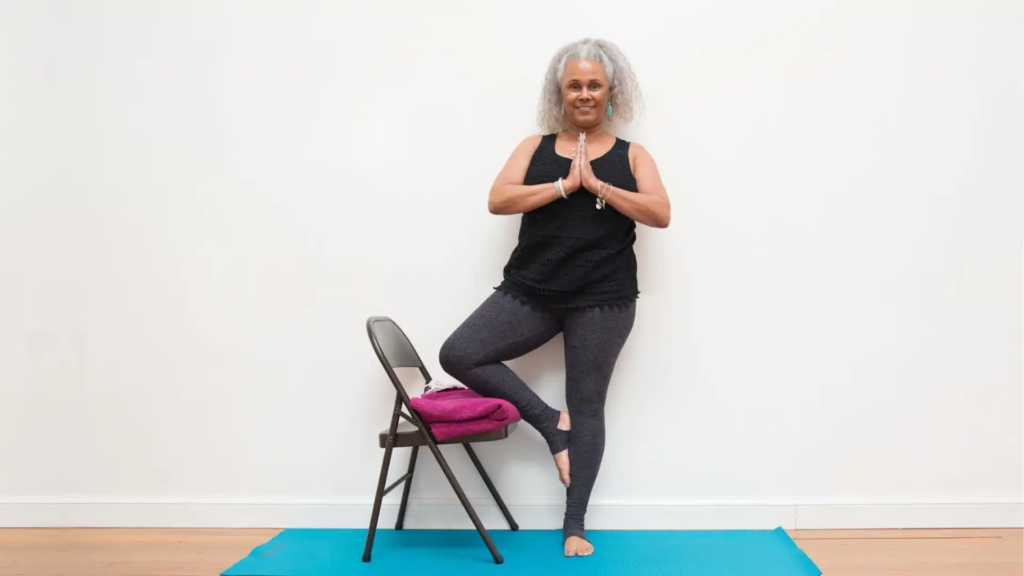
- How to Do It:
Stand near a wall or chair for support. Shift your weight onto your left foot and lift your right foot, placing it on your left calf or thigh (avoid the knee). Bring your hands together in a prayer position at your chest or extend them overhead. Hold for 20–30 seconds, then switch sides. - Benefits:
Enhances balance and concentration while strengthening the legs.
4. Warrior II (Virabhadrasana II) – Modified

- How to Do It:
Stand with your feet slightly wider than hip-width apart. Turn your right foot out and your left foot slightly in. Bend your right knee gently while keeping your left leg straight. Extend your arms to the side, parallel to the ground. Use a wall for support if needed. Hold for 20–30 seconds and repeat on the other side. - Benefits:
Strengthens the legs, improves balance, and opens the hips.
5. Cat-Cow Stretch (Marjaryasana-Bitilasana) – Seated Variation

- How to Do It:
Sit on a chair with your feet flat on the floor. Place your hands on your knees. On an inhale, arch your back and lift your chest (Cow Pose). On an exhale, round your spine and tuck your chin (Cat Pose). Repeat slowly 5–10 times. - Benefits:
Increases spinal mobility, reduces back tension, and improves posture.
6. Corpse Pose (Savasana) – Restorative Variation

- How to Do It:
Lie on your back on a supportive mat or bed. Use a bolster under your knees for extra comfort if needed. Close your eyes and focus on slow, deep breaths. Remain in the pose for 5–10 minutes. - Benefits:
Promotes deep relaxation, reduces stress, and allows the body to absorb the benefits of your practice.
Creating a Balanced Routine
A well-rounded yoga routine for seniors should include a combination of gentle stretches, balance exercises, and restorative poses. Aim to practice for 20–30 minutes, 2–3 times a week, gradually increasing the duration as you become more comfortable. Here’s a sample routine:
- Warm-Up (5 minutes):
- Seated Breath Awareness
- Neck and Shoulder Rolls
- Wrist and Ankle Rotations
- Main Sequence (15–20 minutes):
- Seated Forward Bend (Modified)
- Chair Yoga Twist (both sides)
- Tree Pose (with support, both sides)
- Modified Warrior II (both sides)
- Seated Cat-Cow Stretch
- Cool Down (5 minutes):
- Restorative Corpse Pose
- Gentle deep breathing to finish
This routine can be adjusted based on your energy levels and physical capabilities. The key is to move mindfully, listening to your body and taking breaks whenever necessary.
Tips for a Successful Senior Yoga Practice
- Consistency is Key:
Regular practice, even if it’s just a few minutes a day, can yield significant benefits over time. - Use Props:
Don’t hesitate to use chairs, walls, blocks, and bolsters to modify poses and maintain stability. - Listen to Your Body:
Avoid any movements that cause pain or discomfort. Yoga should be gentle and rejuvenating. - Stay Hydrated:
Keep water nearby during your practice to stay well-hydrated. - Join a Class:
Consider attending a class specifically designed for seniors. The social aspect and expert guidance can enhance your experience and keep you motivated.
Frequently Asked Questions (FAQs)
1. Is yoga safe for seniors with limited mobility?
Yes, yoga is highly adaptable. Chair yoga and modified poses allow seniors with limited mobility to enjoy the benefits of yoga safely.
2. How often should I practice yoga to see improvements in balance and mobility?
Aim for 2–3 sessions per week. Consistent practice can gradually improve balance, flexibility, and overall mobility.
3. What should I do if I experience pain during a pose?
Stop immediately and modify the pose. Use props for support, and if pain persists, consult with a healthcare provider or a certified yoga instructor experienced in working with seniors.
4. Can yoga help reduce the risk of falls?
Yes, regular practice of balance and strength-building poses can enhance stability and coordination, reducing the risk of falls.
5. Do I need to be flexible to start yoga?
No. Yoga is a journey, and every practitioner starts at their own level. Gentle, beginner-friendly routines can gradually improve flexibility over time.
Conclusion: Embrace the Journey to Better Mobility and Balance
Yoga for seniors is a wonderful way to nurture your body, enhance mobility, and boost balance—all while fostering a sense of calm and well-being. With gentle routines tailored to your needs, you can move with confidence, reduce pain, and enjoy a more active, fulfilling life. Remember, every small step on the mat contributes to a larger journey of health, strength, and inner peace.
Embrace these gentle routines, listen to your body, and celebrate your progress—no matter how small. Your yoga practice is a personal journey of growth, resilience, and joyful movement. Step onto your mat with an open heart and a curious spirit, and discover the transformative benefits of yoga at any age.




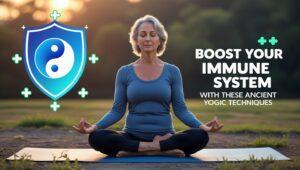
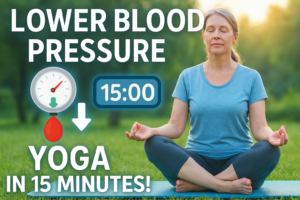
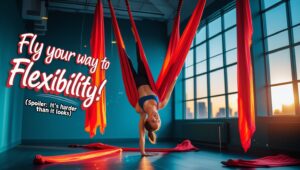
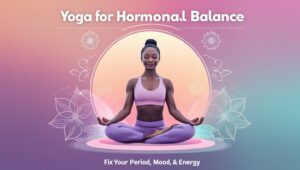







Add comment